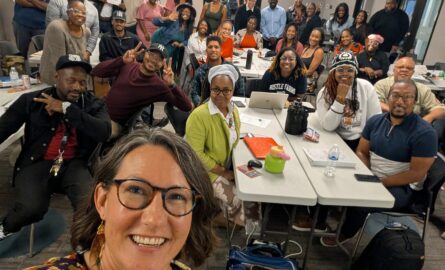
In the fast-paced world of entrepreneurship, having clear processes is essential for building solutions that truly solve problems while staying efficient and innovative. Below, we break down 3 underlying processes for entrepreneurship that can significantly impact your business success: Iterative Design, Turning Assumptions into Facts, and Effective Communication.
Iterative Design
“I have not failed. I’ve just found 10,000 ways that won’t work.” —Thomas Edison
One of the key underlying processes for entrepreneurship is iterative design—a continuous improvement approach. Instead of aiming for perfection from the start, this approach involves creating quick prototypes, testing them, gathering feedback, and refining based on real-world insights.
Benefits of Iterative Design:
- Early Validation: Get feedback early to ensure your product or service is on the right track, preventing costly mistakes later.
- Flexibility: Stay agile by incorporating new insights and opportunities into each iteration.
- Improved Experiences: Frequent testing and refinement lead to a product that truly solves the problem it was designed to address.
Turning Assumptions Into Facts
“In God we trust. Everyone else must bring data.” —W. Edwards Deming
Entrepreneurs often make assumptions about what customers want or need, but relying on assumptions without validation can lead to poor decisions. It’s crucial to test assumptions with data and feedback.
How to Turn Assumptions Into Facts:
- Gather Data: Use tools like customer interviews, surveys, A/B testing, and analytics to get real feedback.
- Validate Early and Often: Don’t wait until the end to test assumptions—validate them throughout your process.
- Adapt Quickly: Pivot based on new data to create products that meet actual user needs.
Effective Communication
“Simplicity is the ultimate sophistication.” —Leonardo Da Vinci
Effective communication is about distilling complex ideas into simple, digestible concepts. Entrepreneurs often feel the need to use industry jargon or dive into details, but the goal is to communicate clearly and simply so that your message resonates with a broader audience.
Tips for Effective Communication:
- Focus on what matters most to your audience.
- Avoid overloading with details—highlight the key elements that solve a clear problem.
- Strive for clarity and brevity, making your message easy to understand and act upon.
Want to improve your pitch? These events take place every fourth Thursday of the month—check out our events page for more ways to get involved.
This lesson is from our PreFlight Digital Course. Want to explore more? Sign up for EC Membership to get full access to the course today.



